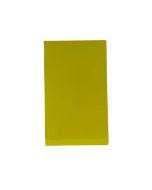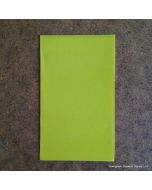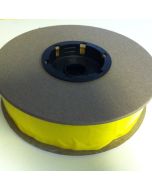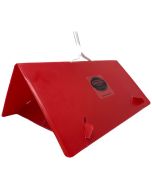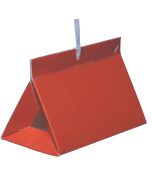Quince Moth Lure
Latin Name: Euzophera bigella
Lure: Red Rubber Septum
Lure Active Ingredient: Z9-14OH and Z9-14Ac
Field Life: 30 days
Trap to Use: Red Paper or Plastic Delta Trap
Monitoring Strategy: Hang traps in or nearby potential host trees, at least at the height of fruit or fruiting bodies. When trapping multiple species (e.g. codling moth), space traps by at least 20 m, regardless of orchard size. Check with Cooperative Extension or Master Gardener for local information and recommendations.
Cultural and Physical Control: Check for cracks and bumps on the bark of the branches and in the periderm of the trunks, accompanied by extensive necrosis of the inner bark, which may cause desiccation of branches or even death of whole trees. In addition, check fruit that has fallen to the ground prematurely for signs of tunneling within the fruit. Remove infested branches or fruit and incinerate as necessary. In extreme cases, removal of the entire tree may be required.
Distribution: Most of Europe (except Ireland, the Netherlands, Fennoscandia and the Baltic Region), Iran, Baluchistan and Morocco
Hosts: Quince, apple, pear, plum, apricot, and cherry wood, as well as the fruits of quince, apple, pear, walnut, and pomegranate. Considered a recent pest of olive.
Description: Adults: The wingspan is roughly 15-20 mm. light brown in color with lighter fringes and two lateral bands, tan in color, across the bottom edge of each wing.
Larvae: Dark olive-greenish brown in color, with a brownish head.
Life Cycle: Larvae tunnel within the bark and fruit of their host plants. Development occurs within the wood of the tree in the spring and early summer, with fruit-feeding larvae appearing in late June or July, depending on region and/or elevation. There can be up to 4 generations per year.

